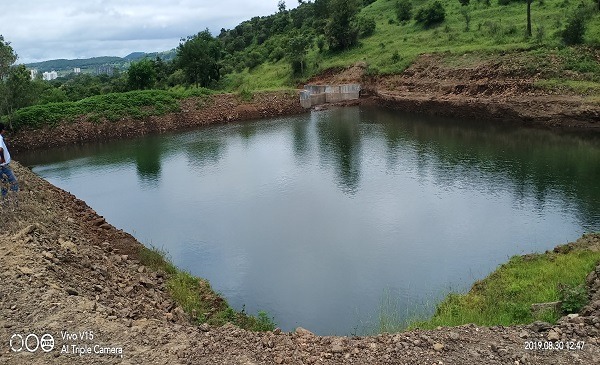Courtesy : sustainable development
India new renewal policyDescription
The Government of India has set a target of installing of installing 175 GW of renewable energy capacity by the year 2022, which includes 100 GW from solar, 60 GW from wind, 10 GW from bio-power and 5 GW from small hydro-power.
The Ministry of Urban Development had requested all States & UTs, in 2014 to issue necessary directives to all State Government Departments for using rooftop of buildings under their control for solar power generation on mandatory basis and also to local bodies under their jurisdiction to incorporate the similar provision in their building bye-laws so that installation of Roof Top Systems (RTS) on rooftops of all types of buildings in their jurisdiction may become mandatory. Further, the Ministry of Urban Development also issued Model Building Bye-Laws, 2016, in which suitable provisions for installation of RTS on buildings have been incorporated. Four States/UTs viz. Haryana, Chandigarh, Uttar Pradesh and Chhattisgarh have already issued mandatory notifications for installation of RTS in different categories of buildings.
The Capacity Utilization Factor (CUF) of solar power projects is less than thermal, hydro, nuclear, wind and bio-mass power projects. The Government has launched several schemes for promotion and development of renewable energy including solar energy in the country from time to time. The Government is promoting development of solar energy in the country by providing various fiscal and promotional incentives such as accelerated depreciation, waiver of Inter State Transmission System (ISTS) charges and losses, financing solar rooftop systems as part of home loan, and permitting Foreign Direct Investment up to 100 per cent under the automatic route.Expected impact
India has been targeting to add large-scale conventional power capacities, as alternatives were very costly. Now, however, with solar and wind power becoming commercially viable in comparison to marginal mainstream sources (particularly imported coal, and nuclear based generation), there are additional choices available to policymakers concerned with the technical, economic, and environmental characteristics of a future power system that can keep pace with the economic growth. In view of the above, India’s Intended Nationally Determined Contribution (INDC) aims to base 40% of the total installed power generation capacity on non-fossil fuel resources by 2030 with international support on technology transfer and financing. This includes Government of India’s ambitious target of achieving 175GW of RE by the year 2022 that marks 75 years of our independence.



